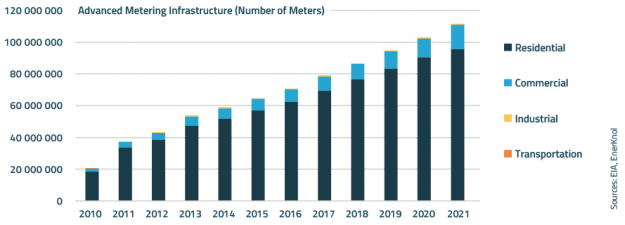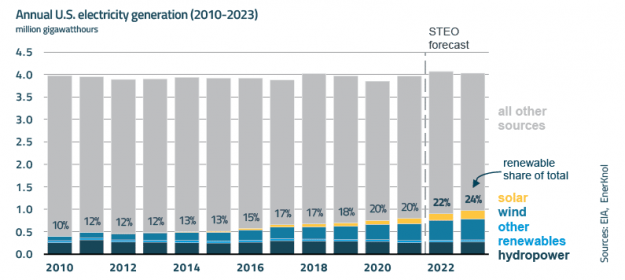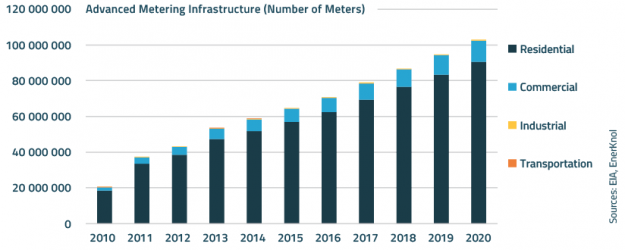Visual Primer: U.S. Steps Up Transmission Development to Prepare for Influx of Renewables
The U.S. is on the verge of a boom in transmission projects driven by a massive buildout of renewable energy generation and an increase in federal transmission planning initiatives. Several long-distance power lines, such as the Champlain Hudson and SunZia, have reached major permitting milestones after years of planning and review.











